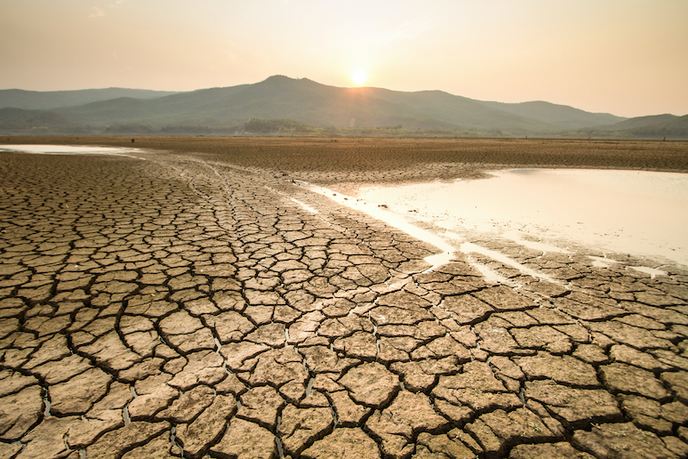A better understanding of permafrost
About a quarter of the Northern Hemisphere is classified as permafrost – permanently frozen ground. Due to climate change, the organic material currently frozen in permafrost is starting to decay, releasing greenhouse gases into the atmosphere. This “permafrost-carbon-feedback” process has the potential to negatively impact global climate change. To address this issue, the EU-funded PAGE21(opens in new window) (Changing permafrost in the Arctic and its global effects in the 21st century) project gained insight into the physical and biogeochemical processes at work in permafrost areas and included these processes into global land surface models for more accurate global warming scenarios. Project partners carried out a series of monitoring activities to improve understanding of key processes and parameters influencing and controlling the vulnerability of the carbon and nitrogen pools in Arctic permafrost. They investigated, permafrost thaw, ground subsidence, thermokarst erosion and greenhouse gas fluxes, based on which size estimates for the high latitude continental carbon and nitrogen stocks were performed. The analyses were based on several field studies that covered a broad range of bioclimatic and permafrost zones around the circumpolar Arctic, namely Europe, Greenland, North America and Russia. The PAGE21 team then focused on including additional permafrost related processes in to global land-surface models. These improved models were used to evaluate the change in permafrost dynamics and its effect on global climate in offline and online models. Findings show that the amount of carbon released from permafrost since the new millennium may not be as large as previously claimed. However, researchers found that this carbon loss would continue for centuries as a result of global warming. This will lead to a severe degradation of permafrost ecosystems and large loss of previously frozen carbon. PAGE21's legacy will be enhanced understanding of processes and parameters affecting the permafrost thaw. In addition, the PAGE21 improved climate models, which now include various permafrost processes, will lead to more accurate estimations on the vulnerability of Arctic permafrost to climate change.







